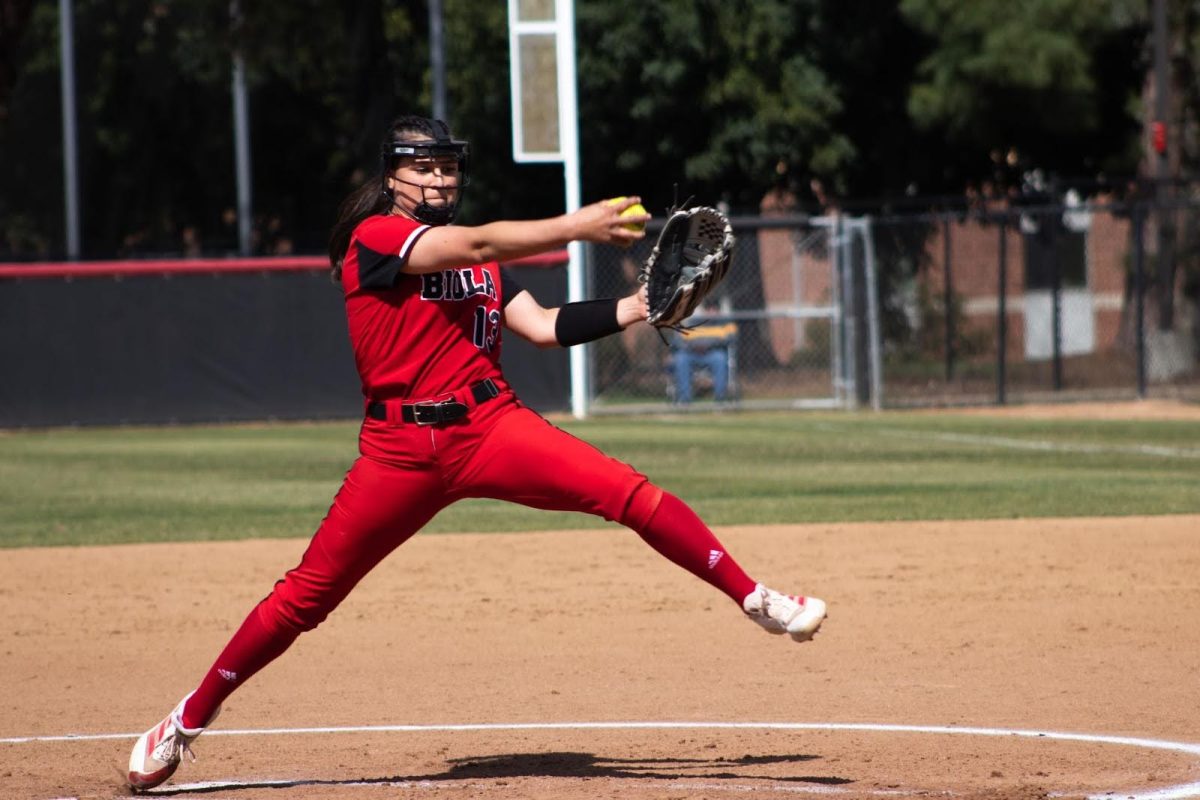Senior track runner Jameson Henry stated that before this year he did not consider the relay to be much of a team sport.
“Now I see why this is not an individual race so much as a team effort,” he said.
Relays are a team effort
It is vital for the team member handing off the stick to say “stick” when handing it off because there is a lot of room for error with handoffs, junior Gabe Aeschilman said.
The 4×100 meter relay is a team race in which each runner carries a baton 100 meters, and then hands off to a teammate. The fastest team to get the baton to the finish line wins. Most often, the team with the cleanest handoffs and the best teamwork will come out on top.
Handoffs requires the most practice
Preciseness is key and each member agreed the handoff requires the most concentration.
“It takes a lot of muscle memory, ” Brian Tromburg said.
Once a stick is dropped, then the team member who dropped the stick disqualifies the whole team.
“Handoffs are everything, they will either kill or make your time,” Aeschliman said.
Quick and smooth handoffs are the objective of each member in the relay. Since they only running a total of one lap, or 100 meters each, it is important to get the handoff right, not adding unwanted seconds to the team’s final time.
Coaches determine positions of sprinters
There are four sprinters involved in this relay, each sprinter in the lineup is faster than the other. Aeschliman is the fastest of the group and known as the anchor, in fourth position, he runs the last 100 meters towards the finish line. Matt Bacchus is also very fast but according to Tromburg, Coach Zimmerman will sometimes “put people on the corner who run the corners better.”
Coaches judge and position the sprinters to what they think will give them the best advantage. Some coaches prefer their fastest runners to go last, while others have them start the race.
Other aspects of a relay
Another key aspect of the race is the start. Aeschliman said his foot once got caught in the starting block, a major setback when speed is the objective.
Being comfortable with one’s teammates is an integral part of relay success. If a sprinter is feeling uneasy about another sprinter’s ability to perform then that may impact performance in the handoff. Aeschliman also stressed the importance of knowing how to judge the marks, the little arrows on the track. If a sprinter sees a certain arrow coming up then he can adjust his thinking and concentrate on what he needs to do next such as being prepared for the upcoming handoff.
Characteristics of different relays
The 4×1 relay is more difficult than the 4×4 relay, in which each sprinter runs a full lap, in a sense, because of the blind handoff that occurs. The sprinter receiving the baton cannot look back to see exactly when his teammate will be behind him to hand him the baton and so there is extra stress when performing the handoff.
Coach Zimmerman said that while both the 4×100 meter race and the somewhat similar relay the 4×400, are both challenging and rely on teamwork, the 4×1 “takes more timing and synchronization.”
“It takes love and respect to get the stick around,” Zimmerman said.







